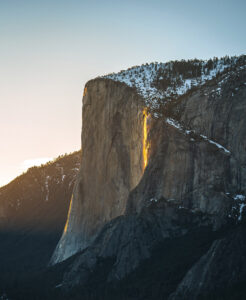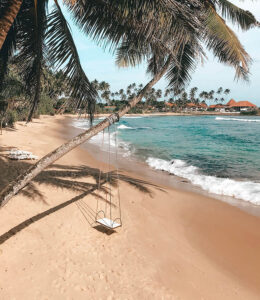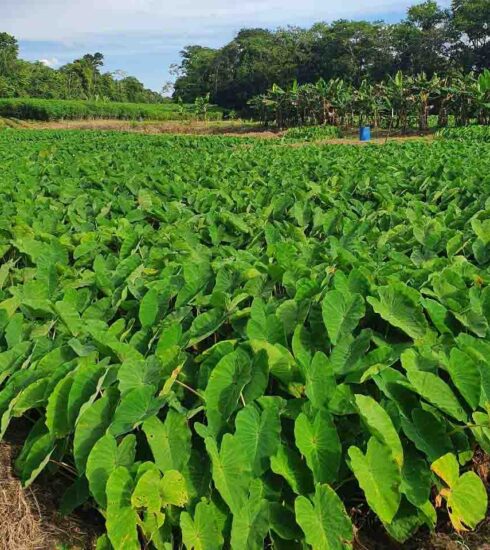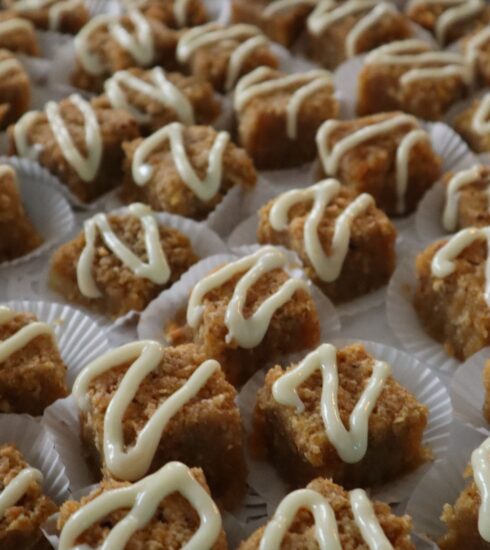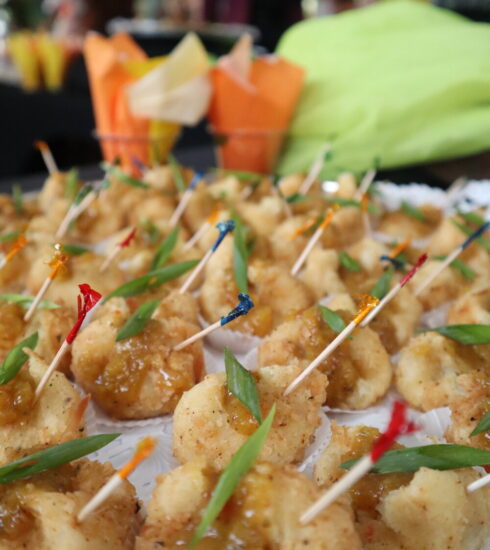Callaloo Recipe – A traditional Sunday favourite
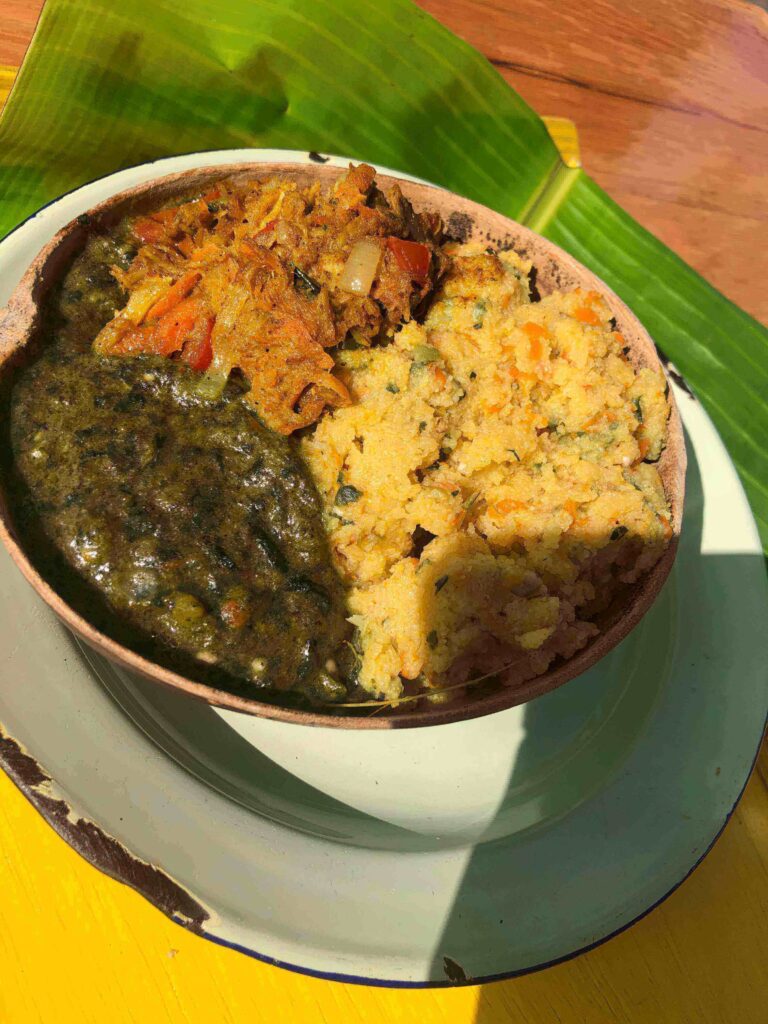
Callaloo features the perfect blend of dasheen leaves, ochre, fresh seasoning and pigtail, crab or beef. It’s usually served as part of Sunday lunch to complement yet another local favourite dish “Coo-Coo”. Traditionally, Tobago’s Sunday Lunch comprises of macaroni pie, savoury rice, stewed peas, potato salad, green salad and baked or stewed meats.
Ingredients
- 15 dasheen/taro leaves, coarsely chopped
- Two sprigs of fresh thyme
- Four sprigs of chive, coarsely chopped
- Seven large ochroes, thinly sliced
- Two teaspoons salted butter
- Six pimentos, coarsely chopped
- 1/4 cup diced onions
- 1/4 cup diced garlic
- Three large crabs, quartered
- Salt pork or beef, to taste
- Four cups water
- 1 1/2 cup coconut milk
- One scotch bonnet pepper
- Salt, to taste

Method
- In a large pot, add all ingredients— mix salt, dasheen, okra, butter, onions, pimentos, crabs, salted pork, thyme, chives, garlic, and coconut milk—except the scotch bonnet pepper.
- Over medium heat, cover and bring to boil for 15 mins
- Add the whole scotch bonnet pepper.
- Allow to simmer for an additional 15 minutes or until the ingredients are cooked.
- Remove the hot pepper, crab, and salted meat from the pot.
- Mix using a swizzle stick until it turns into a puree.
- In a large serving bowl, add crab and salted meat and callaloo. Serve as desired.
Photo Credits: Danielle Stewart of Frontline Flavours


